‘Our Kind of Movie’: The Films of Andy Warhol
MIT Press (Footprint Books), $39.95 hb, 186 pp, 9780262017299
‘Our Kind of Movie’: The Films of Andy Warhol by Douglas Crimp
If you share my view that Andy Warhol (1928–87) ranks among the most important film-makers who ever lived, ‘Our Kind of Movie’ will be your kind of book. A sophisticated yet direct writer with firsthand knowledge of the 1960s queer underground, art critic Douglas Crimp is equipped to do justice to Warhol’s manifold gifts: the perverse wit, the ceaseless formal invention, and, not least, the soul.
Assembling half a dozen essays written on separate occasions, the book does not purport to offer a full critical account of Warhol’s cinema (Crimp pays frequent tribute to the scholar Callie Angell, who was at work on a definitive study when she died in 2010). But it gives the lie to a number of oft-repeated claims: that ‘nothing happens’ in Warhol’s films (true, but only in some), or that he invariably refused to move the camera.
These misconceptions have persisted partly because the films have long been difficult to see – as they still are, except in video copies that negate Warhol’s avant-garde interest in the ‘materiality’ of celluloid. Crimp rightly emphasises this, as well as noting that Warhol’s sense of time runs counter to the viewing habits of the YouTube era. While anyone can find a longish extract from the five-hour Sleep (1963) online, how many of us will watch more than a few minutes before we ‘get the point’ and click elsewhere?
Much of the pleasure of Crimp’s book stems from his patient commitment to describing, moment by moment, what actually happens in a range of Warhol films, famous and less so. To this task he brings a sharp eye, a witty way with adjectives (a description of Haircut [1963] dwells on Billy Name’s ‘careful, precise, erotic, slightly menacing scissoring’), and an enthusiasm that makes obscurities sound irresistible. After reading Crimp, who wouldn’t yearn to attend a screening of More Milk, Yvette (1966), an ad-libbed operetta with the perpetually humiliated ‘superstar’ Mario Montez (a Crimp favourite) camping it up in the star role as Lana Turner?
One highlight is Crimp’s analysis of the notorious Blow Job (1964), a silent stunt in which the sole performer, DeVeren Bookwalter, stands against a wall for thirty-six minutes, framed from the waist up, while the titular sex act presumably occurs offscreen. Insisting that the film cannot be reduced to this ‘pop concept’, Crimp draws attention to Warhol’s minimalist but strategic lighting design, which hides Bookwalter’s face in shadow except when he tilts his head back, away from the camera. Persuasively, Crimp interprets this as an extension of the film’s concern with seeing and not seeing: Bookwalter is ‘present’ without being fully available to the viewer.
Blow Job is as close as cinema gets to pure lyric, and Warhol as film-maker looks increasingly like a traditional Romantic as well as, obviously, a decadent (his unemotional persona was as calculated as Alfred Hitchcock’s, for some of the same reasons). More surprising is Crimp’s focus on the ethical: he considers Warhol a pioneer of ‘non-voyeuristic looking’, making his subjects visible without claiming to reveal their essences. For Crimp, the ever-shifting relations in Warhol’s films (between images – specifically in the dual-screen Chelsea Girls [1966] – and between performers) admirably avoid becoming fixed ‘relationships’. Similarly, the fictional scenarios supplied by Theatre of the Ridiculous playwright Ronald Tavel and others are introduced only to be sabotaged, liberating the viewer’s gaze.
For all Crimp’s insistence on the bracing cruelty of many of the ‘relations’ filmed by Warhol, there is something faintly sentimental about the book’s vision of Warhol’s cinematic universe as a utopia of heterogeneity, a Misfits’ Club where everyone is permitted to do his or her own thing. Interestingly, ‘sentimentality’ is a term Susan Sontag applies to Warhol in a passage that Crimp quotes in passing; she understands Warhol’s sensibility as essentially Catholic, fascinated by evil, and open to the ‘possibility of finding freaks endearing’. Aware of inhabiting a fallen world, Sontag’s dandyish Warhol is very different from Crimp’s Warhol, a far more sincere and benign figure. ‘Did Warhol see Campbell’s soup cans, a sleeping John Giorno, or Marilyn Monroe ironically?’ Crimp demands. ‘On the contrary, Warhol really did seem to like these things.’
Perhaps the key to reconciling these viewpoints lies in a topic that Crimp addresses elsewhere in the book, the role played by shame in Warhol’s oeuvre. Writing about Montez, a devout Catholic painfully embarrassed by his own proclivities, Crimp quotes Eve Kosofsky Sedgwick’s argument that the ‘childhood scene of shame’ can serve as ‘a near-inexhaustible source of transformational energy’. Thus the narcissistic glamour of the Warhol superstar is rooted in a consciously accepted abjection that renders liking and loathing – of the self and other objects – virtually indistinguishable.
Something similar could be said of Warhol himself, yet there is no doubt whatever that he liked what he was doing; as Crimp makes plain, we should be wary of regarding him as a mere provocateur.
The book concludes with a touching quote from Tavel, who recalls Warhol watching his own films ‘for endless hours with one leg crossed over the other and his face in his hands and his elbows on his knees’. In this sense, too, Warhol was finally the most traditional kind of artist – fascinated by ‘the entire visual world’, and taking for granted that others would feel the same way.



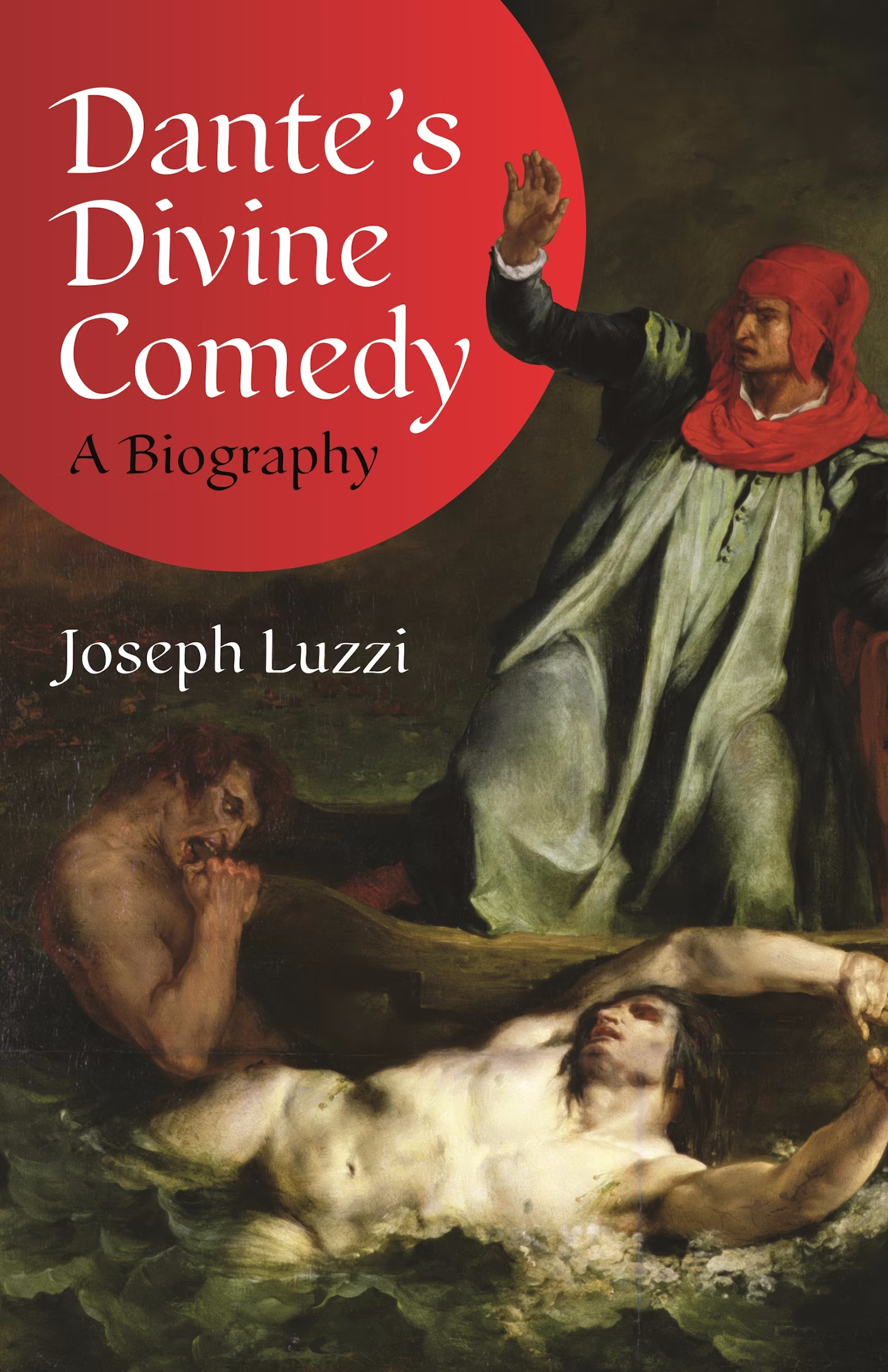
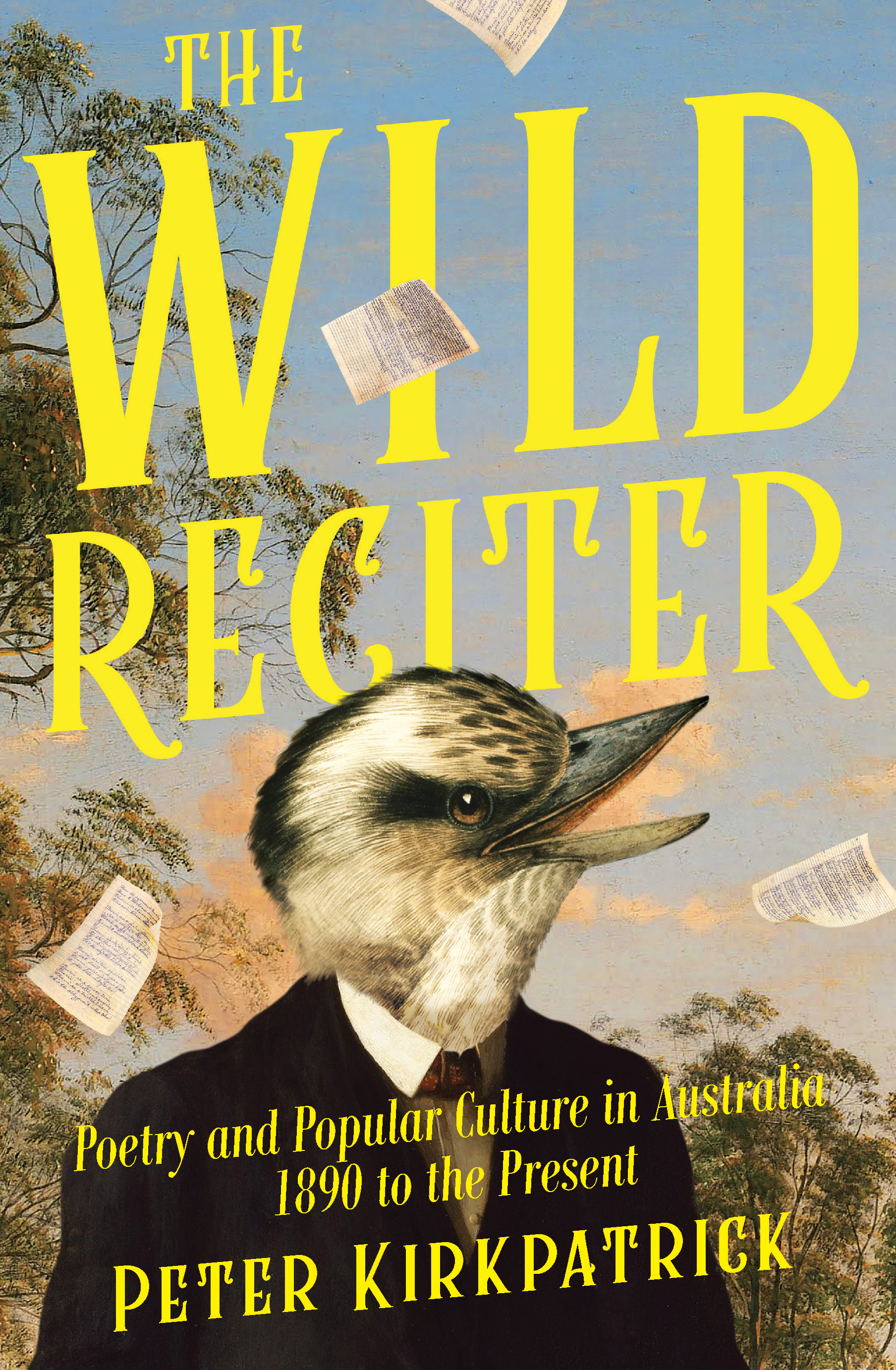
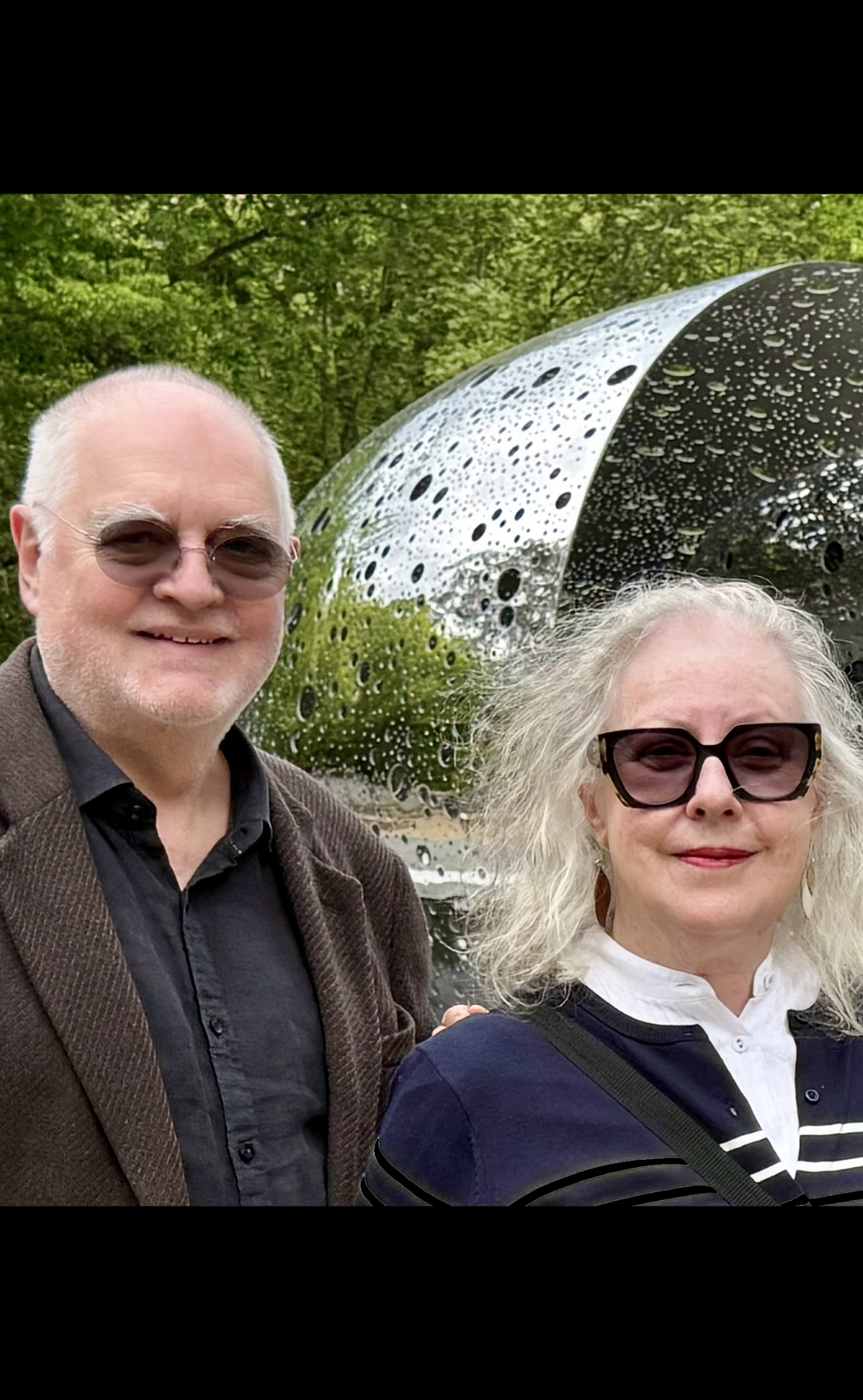
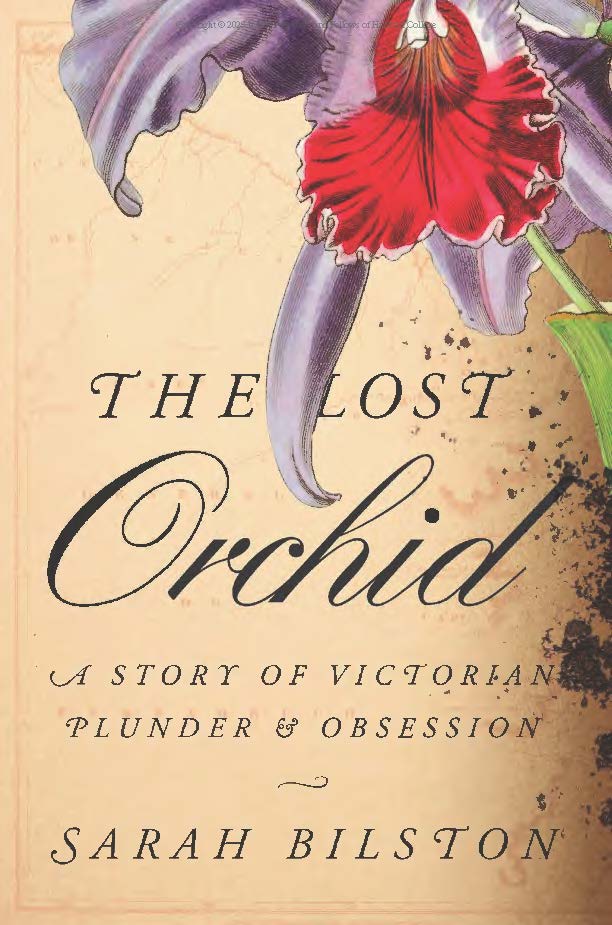


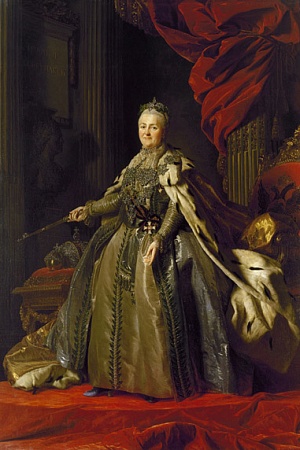





Leave a comment
If you are an ABR subscriber, you will need to sign in to post a comment.
If you have forgotten your sign in details, or if you receive an error message when trying to submit your comment, please email your comment (and the name of the article to which it relates) to ABR Comments. We will review your comment and, subject to approval, we will post it under your name.
Please note that all comments must be approved by ABR and comply with our Terms & Conditions.